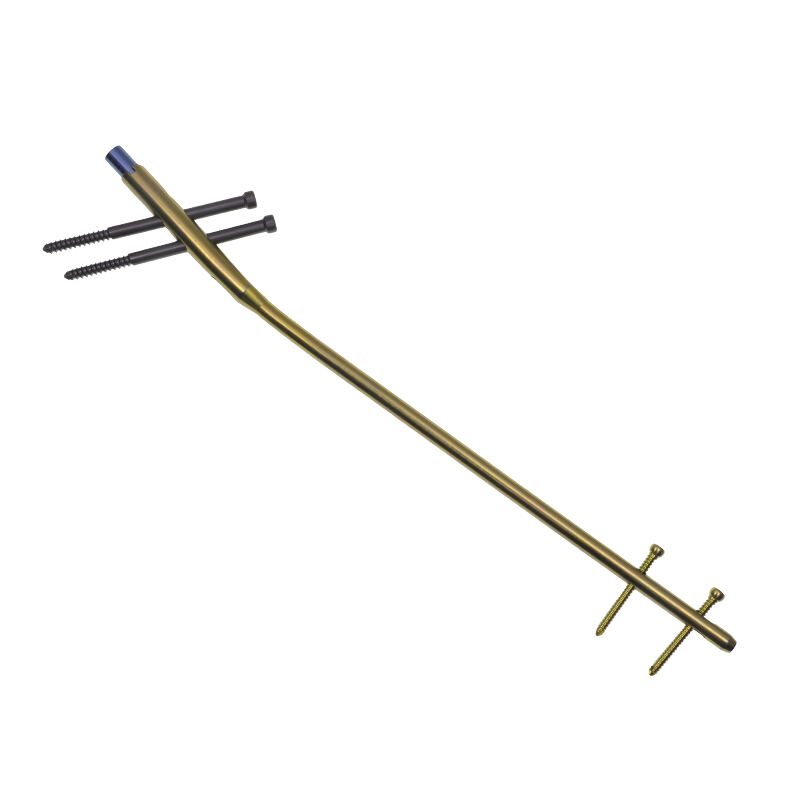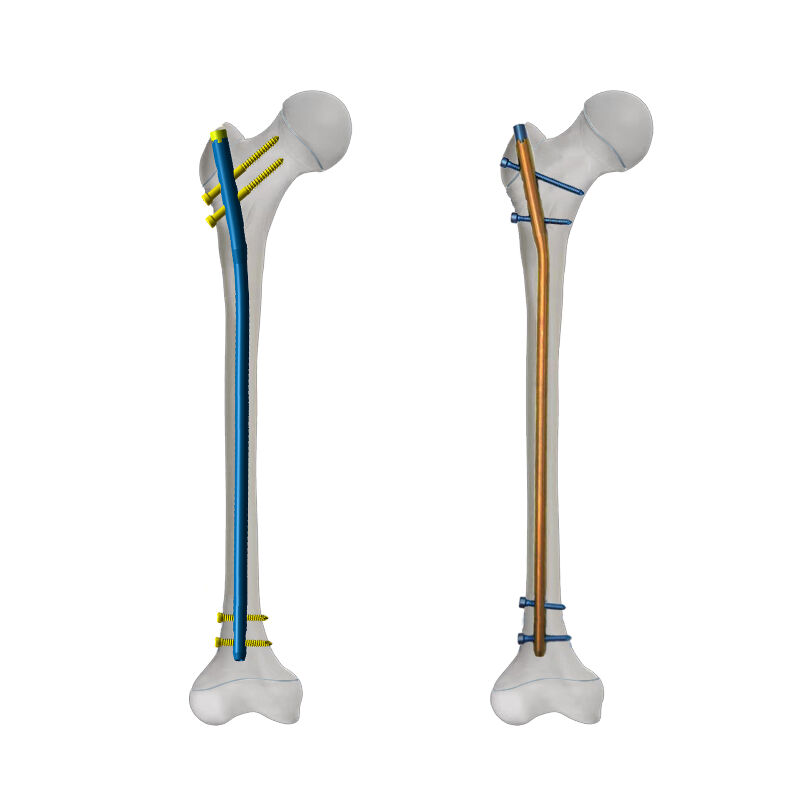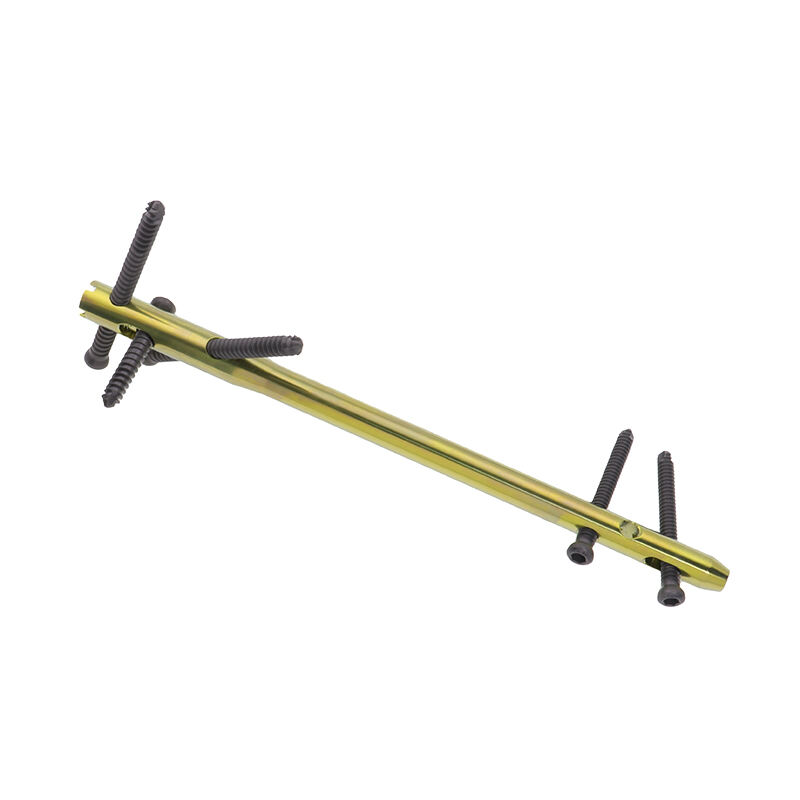intramedullary nail femur surgery
Intramedullary nail femur surgery represents a sophisticated orthopedic procedure designed to treat femoral fractures through minimally invasive techniques. This surgical intervention involves inserting a specialized metal rod through the medullary cavity of the femur, effectively stabilizing the fracture from within. The procedure utilizes advanced imaging technology for precise placement, ensuring optimal alignment and stability. The intramedullary nail, typically made from titanium or stainless steel, features various locking options at both proximal and distal ends, providing rotational stability and preventing shortening of the femur. This surgical technique has revolutionized the treatment of femoral fractures by offering improved biomechanical advantages, faster healing times, and better functional outcomes. The procedure is particularly effective for complex fractures, including spiral, oblique, and comminuted patterns, making it a versatile solution for various femoral injuries. Modern intramedullary nails incorporate design features that accommodate different fracture patterns and patient anatomies, ensuring personalized treatment approaches for optimal results.


